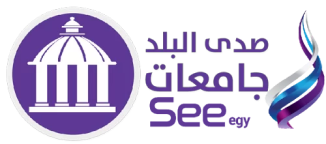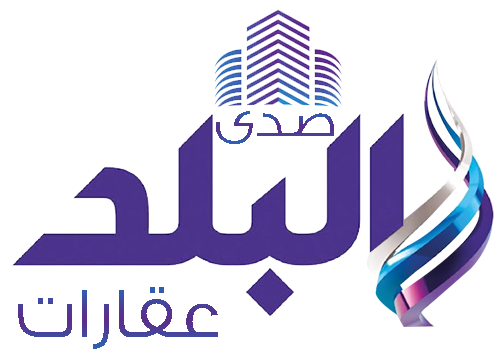Silver prices remained stable today, Saturday, coinciding with the global stock market's weekend closure. This follows a 2.4% rise in the ounce last week, touching its highest level since 2011, driven by increasing expectations that the Federal Reserve may cut interest rates at its meeting this month.
According to a report by the "Safe Haven" research center, the price of a gram of 800-karat silver reached 54 EGP. Globally, the ounce rose by one dollar last week, reaching approximately 42 dollars. Meanwhile, 999-karat silver reached about 68 EGP, and 925-karat was around 63 EGP. The silver pound (925-karat) stabilized at 504 EGP.
Global silver prices continued their sharp ascent last week, reaching $42.45 per ounce, its highest level in 14 years. This was supported by a weaker U.S. dollar after American data showed a slowdown in the labor market and stable inflation, reinforcing expectations of a Fed rate cut next week.
Silver's historical high was $50 per ounce in April 2011, bringing it close to surpassing this historic peak.
According to reports from TD Securities commodity analysts, continued investment demand for silver coupled with a market deficit could lead to the depletion of London exchange inventories in just seven months, possibly even within four months if buying accelerates. They indicated that this development could constitute what they described as the "final phase" of the squeeze on the silver market that began in April 2024, expecting prices to potentially reach $50 per ounce.
This shortage was also evident in the price gap between New York futures and the London spot market, with December contracts trading nearly 55 cents higher than the spot price.
Weakness in the U.S. Labor Market
Weekly unemployment claims in the United States rose at their fastest pace in four years, while non-farm payroll data estimates were significantly revised down earlier in the week. These developments heightened concerns about the deteriorating U.S. labor market, pushing investors towards safe-haven assets like silver and gold.
Inflation at Moderate Levels
On the inflation front, August's Consumer Price Index (CPI) data showed a 2.9% year-on-year increase, compared to 2.7% in July, while core inflation remained stable at 3.1%. This rise was driven by U.S. non-farm payroll data, which showed a clear slowdown in the labor market, with the U.S. economy adding only 22,000 jobs in August, compared to expectations of 75,000 jobs. The unemployment rate also rose to 4.3%, its highest since late 2021, while wage growth remained flat at 0.3% monthly and 3.7% annually.
Interest Rate and Monetary Policy Expectations
Market expectations indicate an 88% probability that the Federal Reserve will cut rates by 25 basis points at its September 16-17 meeting, with only a 12% chance of a larger 50 basis point cut. These expectations align with statements made by Fed Chair Jerome Powell during the Jackson Hole symposium in August, where he warned of increasing risks in the labor market and affirmed that inflation and employment were moving in opposite directions, indicating the central bank's readiness to prioritize job stability if signs of weakness increased.
Silver: Between Investment and Industry
While gold remains the preferred monetary metal for central banks and hedge funds, silver enjoys a relative appeal due to its lower value compared to gold. The gold-to-silver ratio remains high at over 86, compared to a historical average of between 50 and 60.
Analysts believe that silver may currently be in a better position than gold because it is no longer just a savings tool but has strongly entered key industrial sectors such as solar energy, electric vehicles, and microelectronics. This is leading to increasing industrial consumption while its global supply is clearly shrinking, unlike gold, for which industrial demand remains limited.
Lending Market Pressures and Inventories
Late last week, U.S. President Donald Trump issued an executive order exempting some strategic metals like gold, graphite, tungsten, and uranium from tariffs. However, silver was not included in this list, which raised doubts about its commercial future and increased market risks.
This ambiguity directly impacted the lending market, where silver leasing rates rose to unusual levels, with rates moving into negative territory at about -1.2%. This means the borrower pays instead of receiving a return, while the owner leasing silver earns approximately 5.5% on a 3-month basis.
This jump occurred after silver was included last month on the U.S. government's list of critical minerals, which increased actual demand and reduced the available supply for leasing in the London market. The price difference between COMEX contracts and London spot silver increased from a historical average of 25 cents to $1.1 per ounce, reflecting strong U.S. demand.
The results of the U.S. investigation into critical metals are expected in mid-October, which may include recommendations concerning silver, whether adding tariffs or excluding them. Any reassuring official announcement could quickly help calm the market.
Silver is heading towards new historical levels, supported by economic and geopolitical tensions, the global shift towards renewable energy, and a weaker U.S. dollar. With investors continuing to believe that silver is undervalued compared to gold, the coming years could transform into a period of strategic repositioning for the white metal in global investment portfolios.












